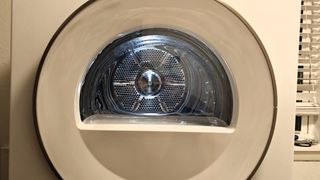Laundry
Latest about Laundry
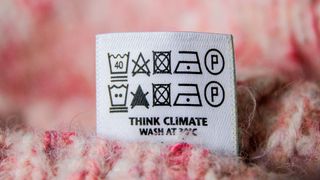
What do laundry symbols mean? Your complete guide
By Holly Cockburn last updated
Advice Discover how to read your care labels and wash your clothes accordingly for the best results.
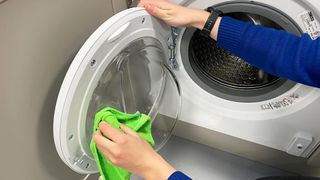
How to sanitize a washing machine: get germ-free laundry
By Monib Zahdeh last updated
HOW TO Is your washing machine giving off foul odors? Here's how to sanitize a washing machine to remove germs.

How to install a washing machine: from box to laundry
By Katie Treharne last updated
How To Working out how to install a washing machine for the first time? We’ve got you covered.

How to stack a washer and dryer
By Joanne Lewsley published
How to Stack smart and save space with this easy guide to safely and simply doubling up your washer and dryer.
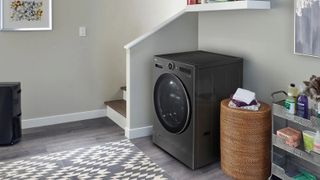
Best washer dryer combos: all-in-one laundry solutions
By Caroline Preece last updated
BUYING GUIDE Make laundry day effortless with the best washer dryer combos available from GE, LG, and more.

Best dryers: for efficient performance and reliability
By Caroline Preece last updated
Buying guide Our pick of the best dryers available, from brands like GE, Samsung, and Whirlpool.
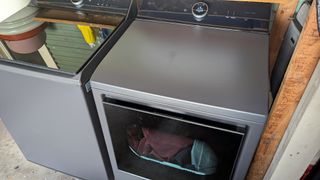
LG 7.3 cu. ft Ultra Large Capacity Rear Control Electric Dryer with LGEasyLoad Door, AI Sensing, and Turbo Steam review: over 24 high-tech drying programs including AI and steam fresh
By Alex Temblador published
Review The LG 7. 3 cu. ft. Ultra Large Capacity Rear Control Electric Dryer has AI drying, a sleek design, and steam capability.

Gas vs electric dryers: which type is best for your home?
By Millie Fender last updated
Versus The difference between a gas dryer and an electric dryer, and how to choose the right one for you.
Sign up to receive the latest news, reviews, buying guides and deals direct to your inbox

